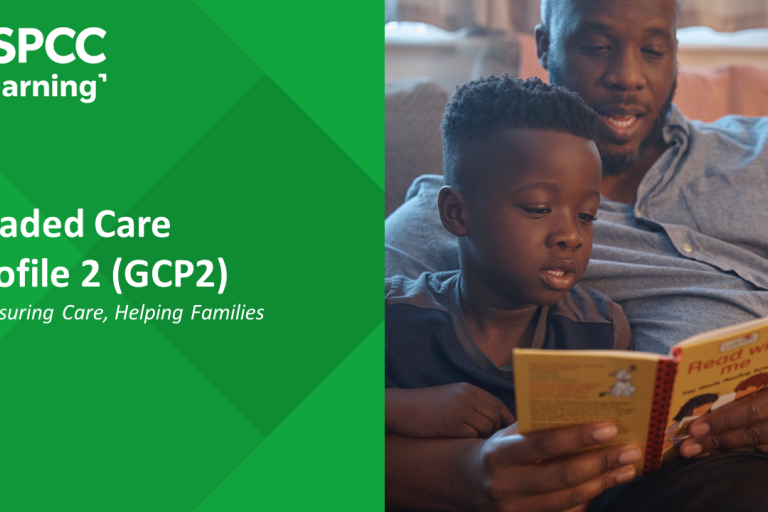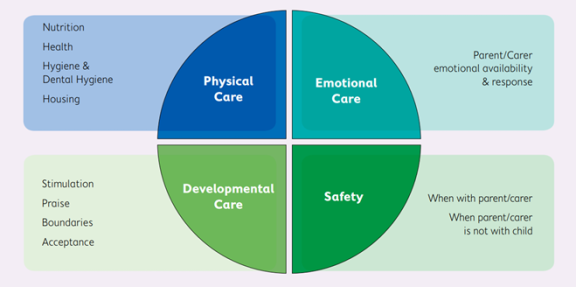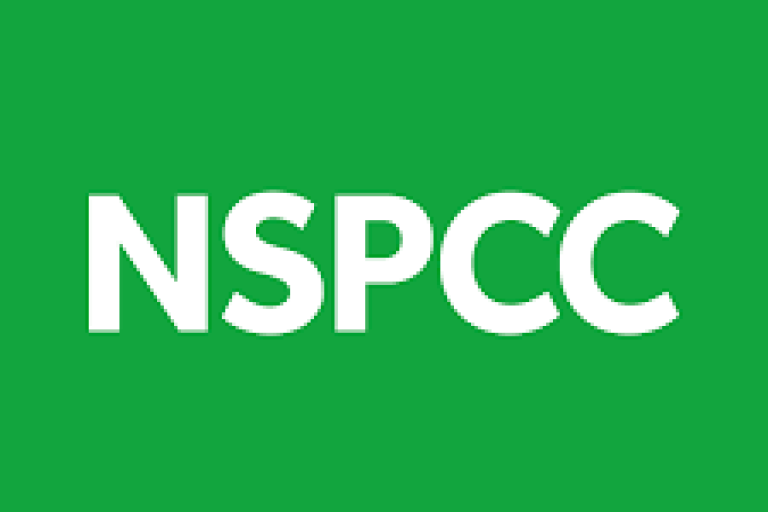Croydon Neglect strategy
The Neglect strategy for Croydon is intended as a practical guide for tackling child neglect and it identifies four strategic priority areas for improvement.
The strategy recognizes the four types of neglect identified by Howe. D (2005) as the basis for understanding what causes neglect to work with children and their families effectively.
- Emotional neglect
- Disorganised neglect
- Depressed or passive neglect
- Severe deprivation
Two Local Child Safeguarding Practice Reviews revealed that neglect was a common factor in each of the cases. These reviews provide valuable insights and lessons for improving child protection and welfare. You can read the full reports on the local safeguarding practice reviews page.
Safeguarding Practice Review: 7-Minute Briefing - Ben
Safeguarding Practice Review: 7-Minute Briefing - Carl & Max
Tools for professionals
Image

Graded Care Profile Tool 2
In Croydon, we use the Graded Care Profile 2 (GCP2) is a tool designed to provide an objective measure of the care of children who are or may be suffering from neglect. The CSCP provides multi-agency training to professionals working in Croydon to learn more visit our dedicated GCP2 information page to learn more.
Image

CSCP Child Wellbeing Tool
The CSCP Child Wellbeing tool has been designed to help early identification of needs where neglect is known or suspected. The tool can be used by practitioners who are not licensed to use the GCP2 but work with children and families.
The CSCP develops the quality and effectiveness of interventions to protect children and young people. For a child to develop well, their physical, emotional, and developmental care and their safety, must be provided for. If on an ongoing basis, a child doesn’t have these needs met, then the child’s immediate and long-term health, learning, and emotional development may be negatively impacted.
Image

- What is the Child wellbeing tool? – If you have concerns about a child’s well-being, you’ll want to consider if the family needs support or advice. This tool is a short and simple way to clarify those concerns and identify what advice or support is needed.
- When should it be used? – This tool is best used when areas of concern have first been noticed. It can help you have a conversation with the parent/carer to explain what you’ve noticed and talk through what could help address this concern.
- Who should use it? – Those working with children and families within community settings – nurseries, dentists, GPs, adult support workers, childminders, school staff, pharmacists, housing officers, police officers, staff, youth workers, and volunteers.
A note on what it is not – This child wellbeing tool is not a referral or assessment tool and should not be used instead of the Graded Care Profile 2. This tool can be used in cases where child neglect is known/suspected. Essentially, this tool strengthens the evidence required for onward referrals.
Download the Child wellbeing tool to help early identification of needs.
(available in both digital and printable formats)
| Attachment | Size |
|---|---|
| 76.72 KB | |
Document
|
165.69 KB |
Associated Training Offer
Image

Graded Care Profile 2 Training
If you work intensively with children and their families and want to learn how to spot neglect, become a licensed GPC2 practitioner by booking our Graded Care Profile 2 training now. Training is open to multi-agency professionals based in Croydon.
Image

Child Neglect Training
Learn about child neglect, its impact on children's well-being, and strategies to prevent and address this serious issue.
